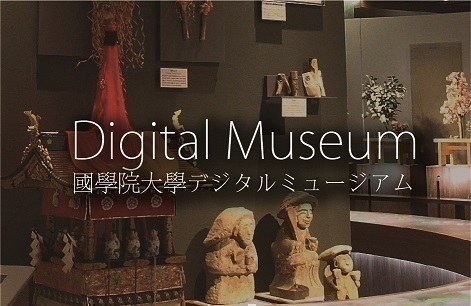- トップ
- Encyclopedia of Shinto
- Boshijin
Encyclopedia of Shinto
| Main Menu: | |
| Links: |
詳細表示 (Complete Article)
| カテゴリー1: | 2. Kami (Deities) |
|---|---|
| カテゴリー2: | Concepts of Kami |
| Title | Boshijin |
| Text | "Mother-child kami," a term used to refer to the joint enshrinement of a mother deity (boshin) and its child deity (mikogami). Also read hahakogami. The practice of such joint enshrinement is itself found widely from Eurasia through Southeast Asia and Oceania, and is thought to be linked to primitive "mother-goddess" beliefs. Boshijin practices in Japan can be found at the shrine Kamo Jinja and within Hachiman beliefs. According to fragmentary records of the Yamashiro no kuni fudoki, Tamayorihime and Kamo Taketsunumi no mikoto, two deities worshiped at the Kamo Mioya Jinja (the Lower Kamo Shrine), are related as daughter and father, and in turn they are in relation of mother and maternal grandfather to Kamo Wakeikazuchi no kami, the deity worshiped at the Kamo Wakeikazuchi Jinja (Upper Kamo Shrine). In the fragmentary Yamashiro no kuni fudoki, Tamayorihime was impregnated supernaturally via a "red arrow" which floated downstream on the river, and thus gave birth to Kamo Wakeikazuchi no kami; the arrow, in turn, was said to be an transformation of the kami Honoikazuchi no kami enshrined in Otokuni District of Yamashiro Province. The worship at these two shrines is clear evidence of belief in mother-child deities. Shrines dedicated to Hachiman likewise enshrine both the deities Homudawake (Emperor Ōjin) and his mother Okinagatarashihime (Empress Jingū), but some scholars believe that the legend of Empress Jingū should not be taken as a historical association. Rather, it may be one version of a tradition of mother-child kami within the context of worship of sea deities, specifically a version whereby a sea-faring goddess arrives from across the sea and gives birth to a child deity at the shore. Further, one version of the work Hachimangudōkun recounts a legendary origin for the shrine Ōsumi Shō-Hachimangū, according to which a princess of Cinasthâna (an ancient Indian name for China) was miraculously impregnated at the age of seven by a ray of sunlight. When she then gave birth to a child, the king was suspicious, and set her adrift in an empty boat. The place where she came ashore was the Japanese province of Ōsumi (present-day Kagoshima Prefecture). This legend thus hints of the wide dissemination of beliefs in mother-child deities. It may also be that such belief in mother-child deities lies behind legends of "tiny children" seen, for example, in tales like Momotarō, Issunbōshi, and Urikohime. In such legends, the kami appears in the form of a "divine child," but such children almost always have a close relation to the realm of water, indicating a background of mother-goddess cult. -Kobori Keiko |




